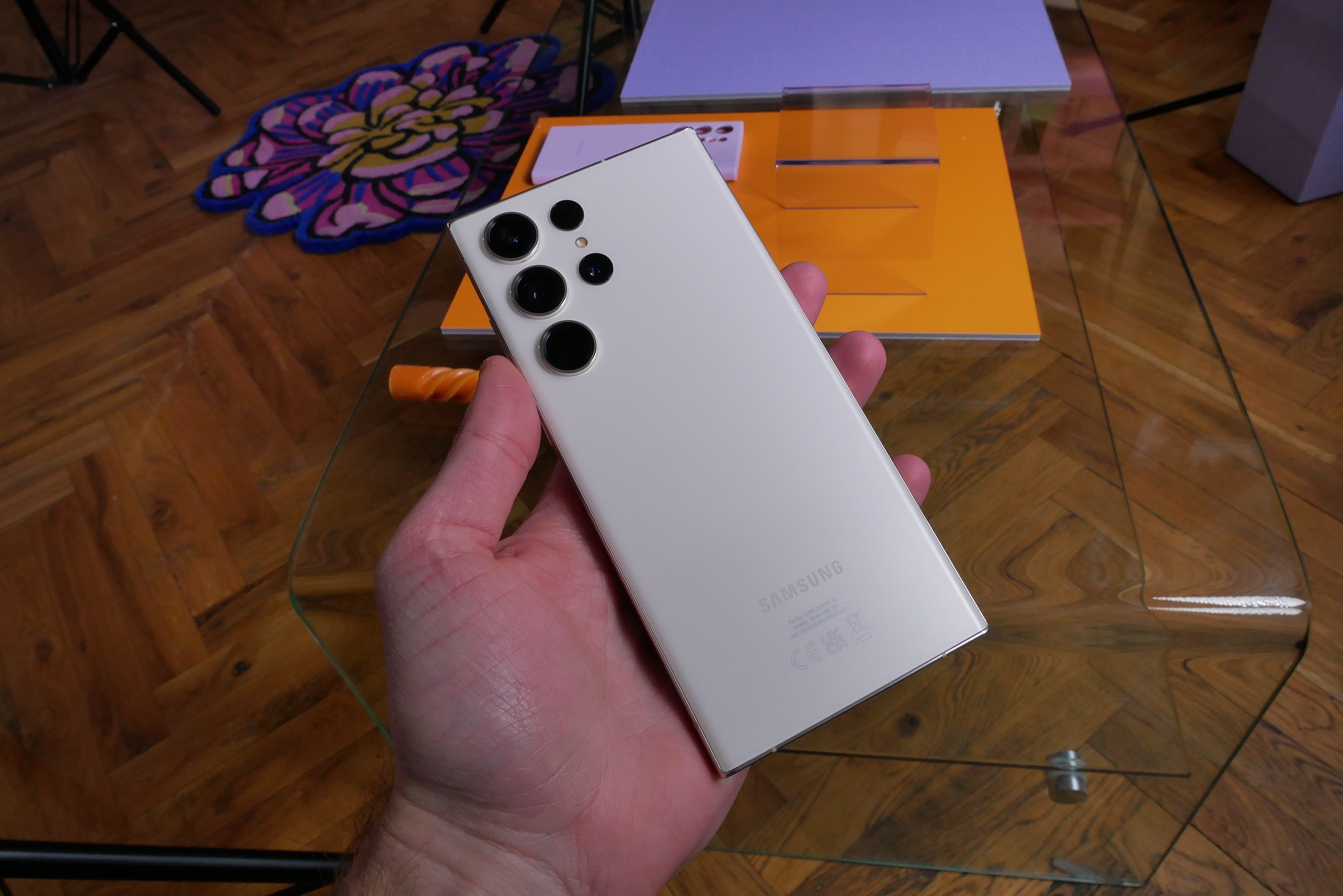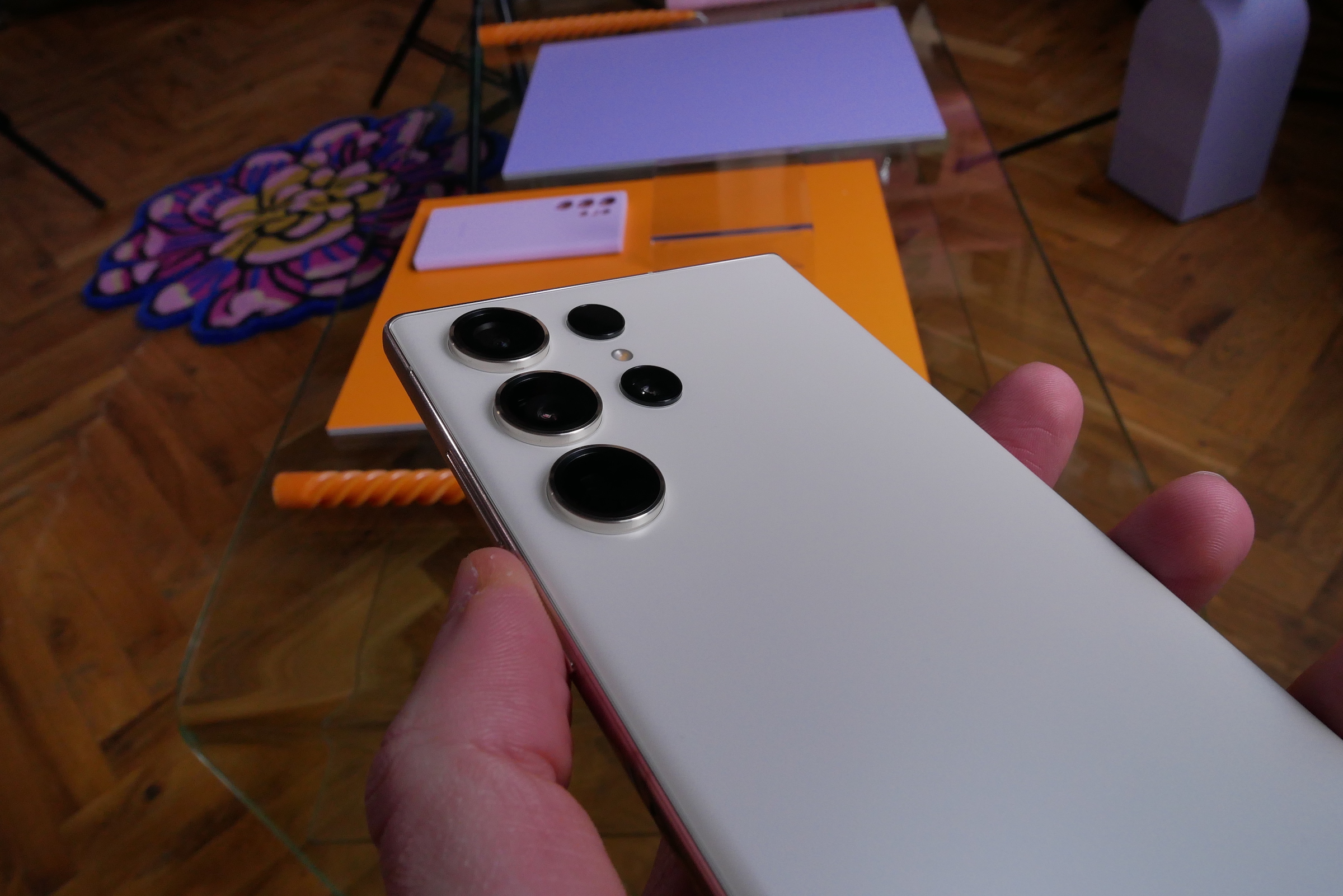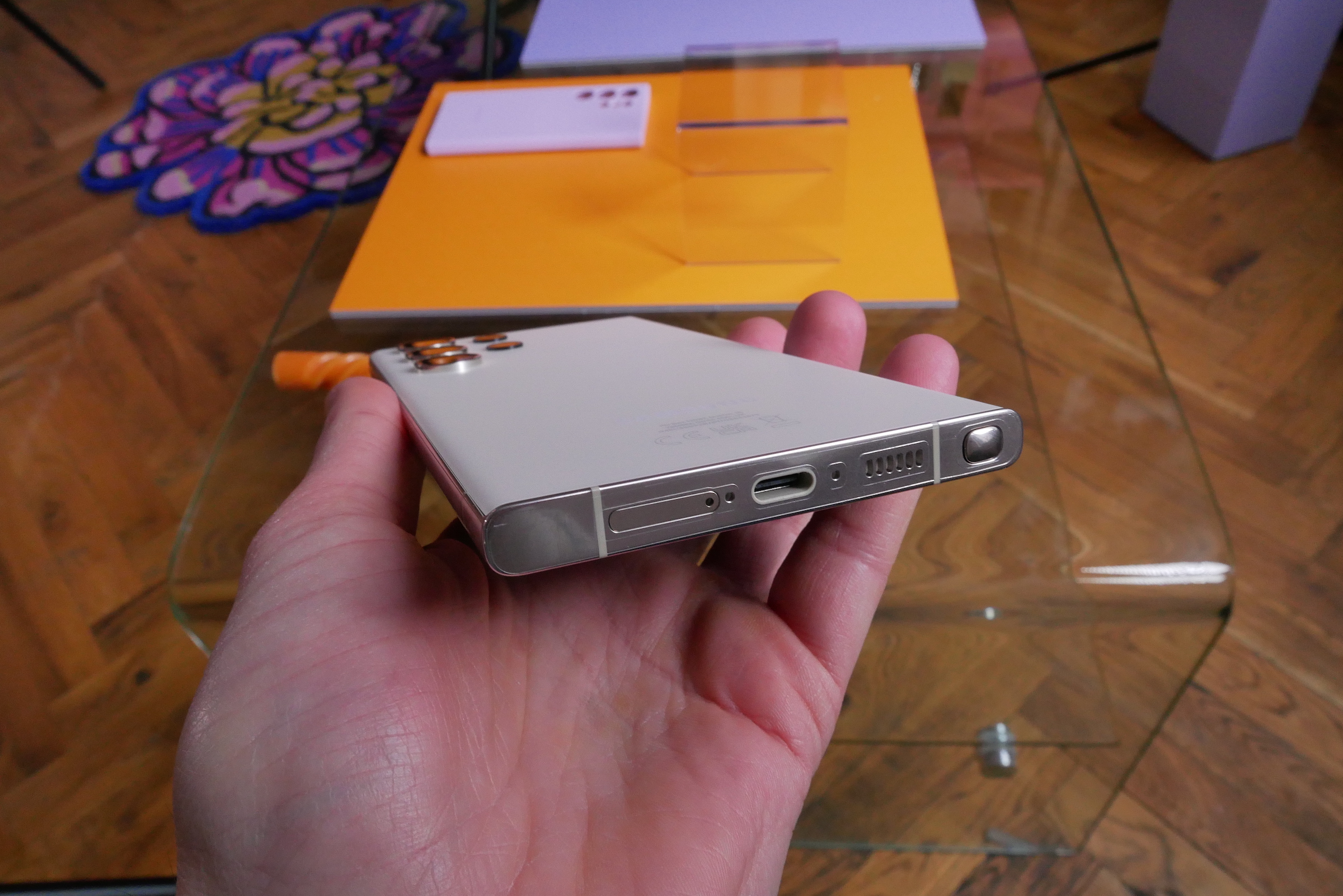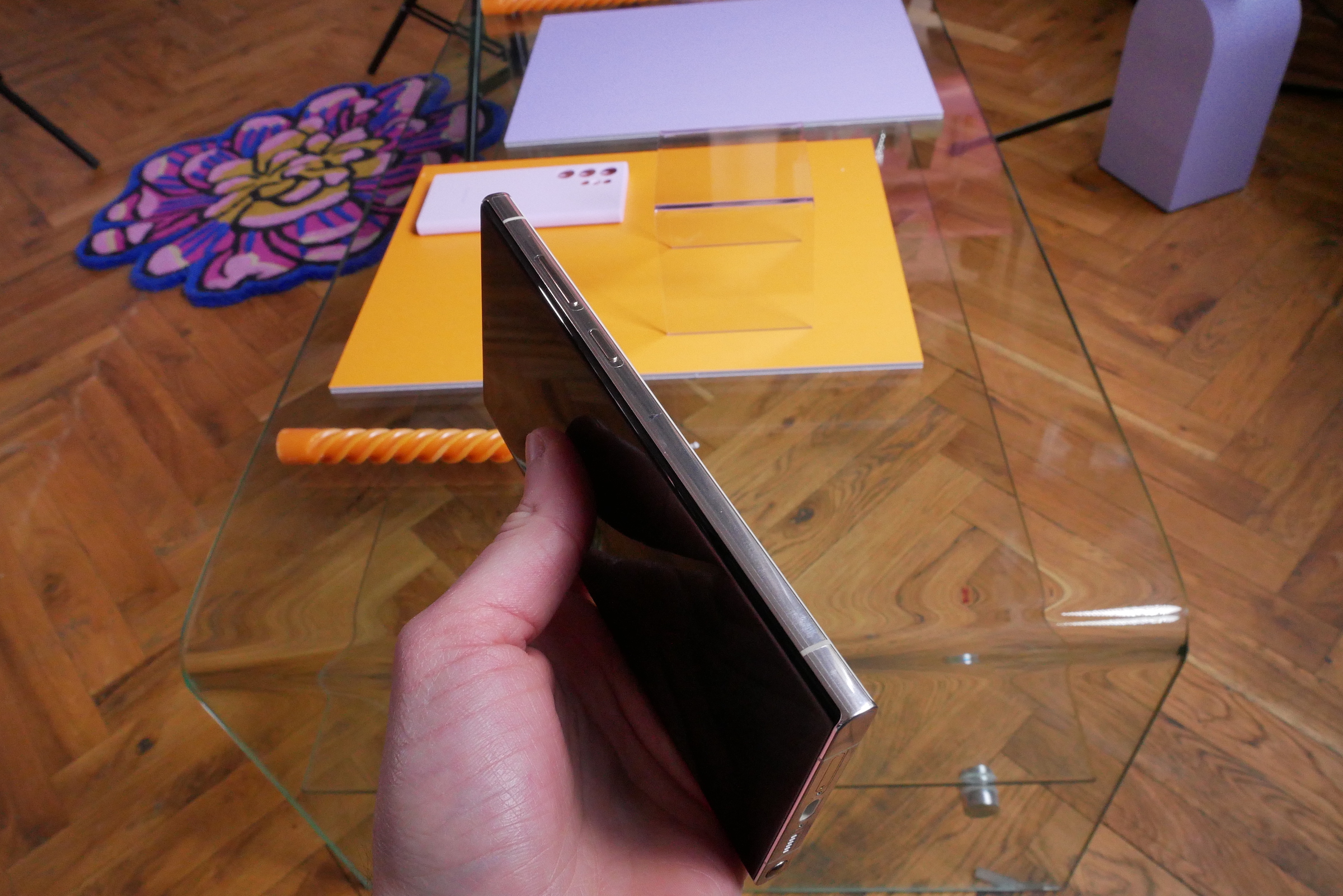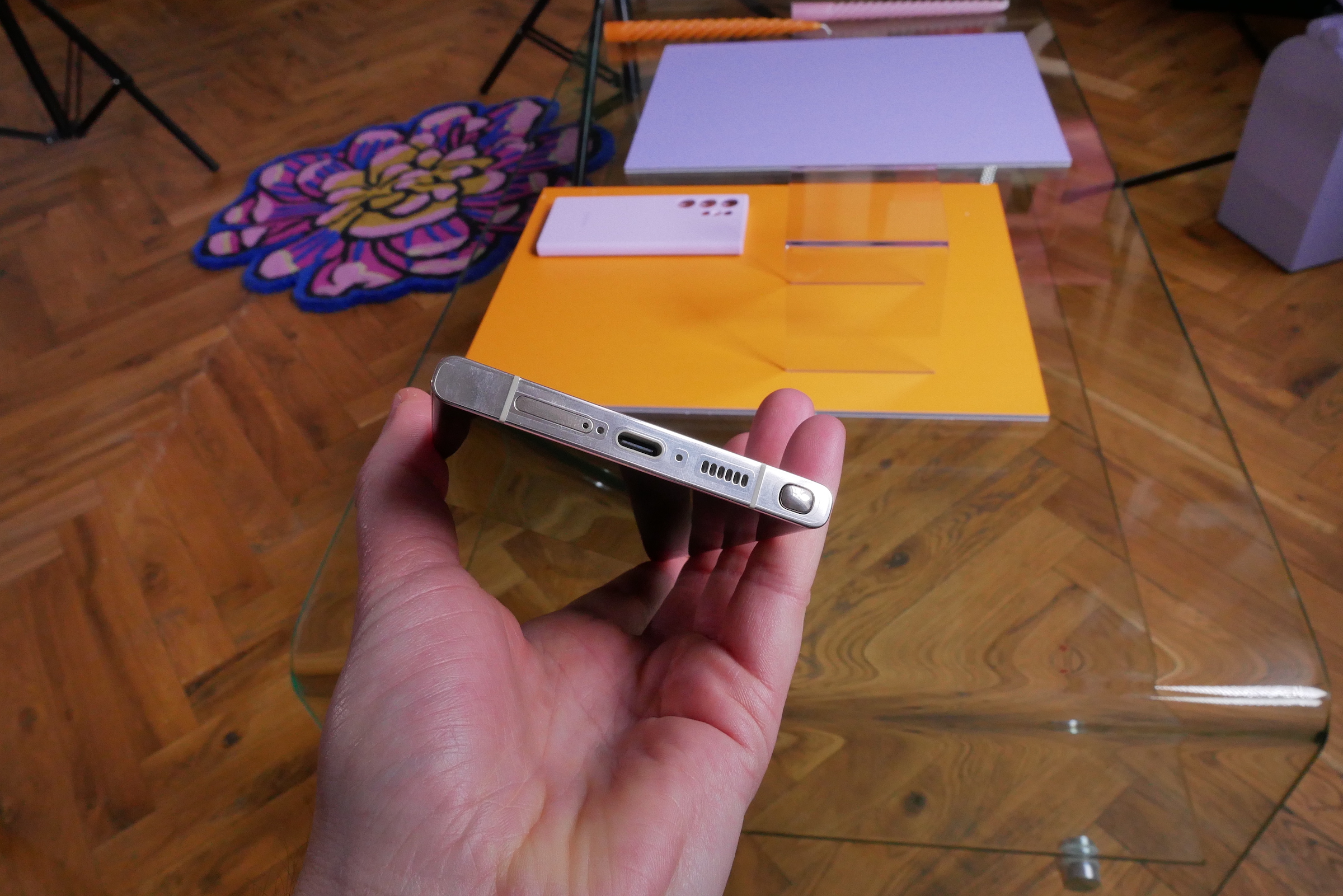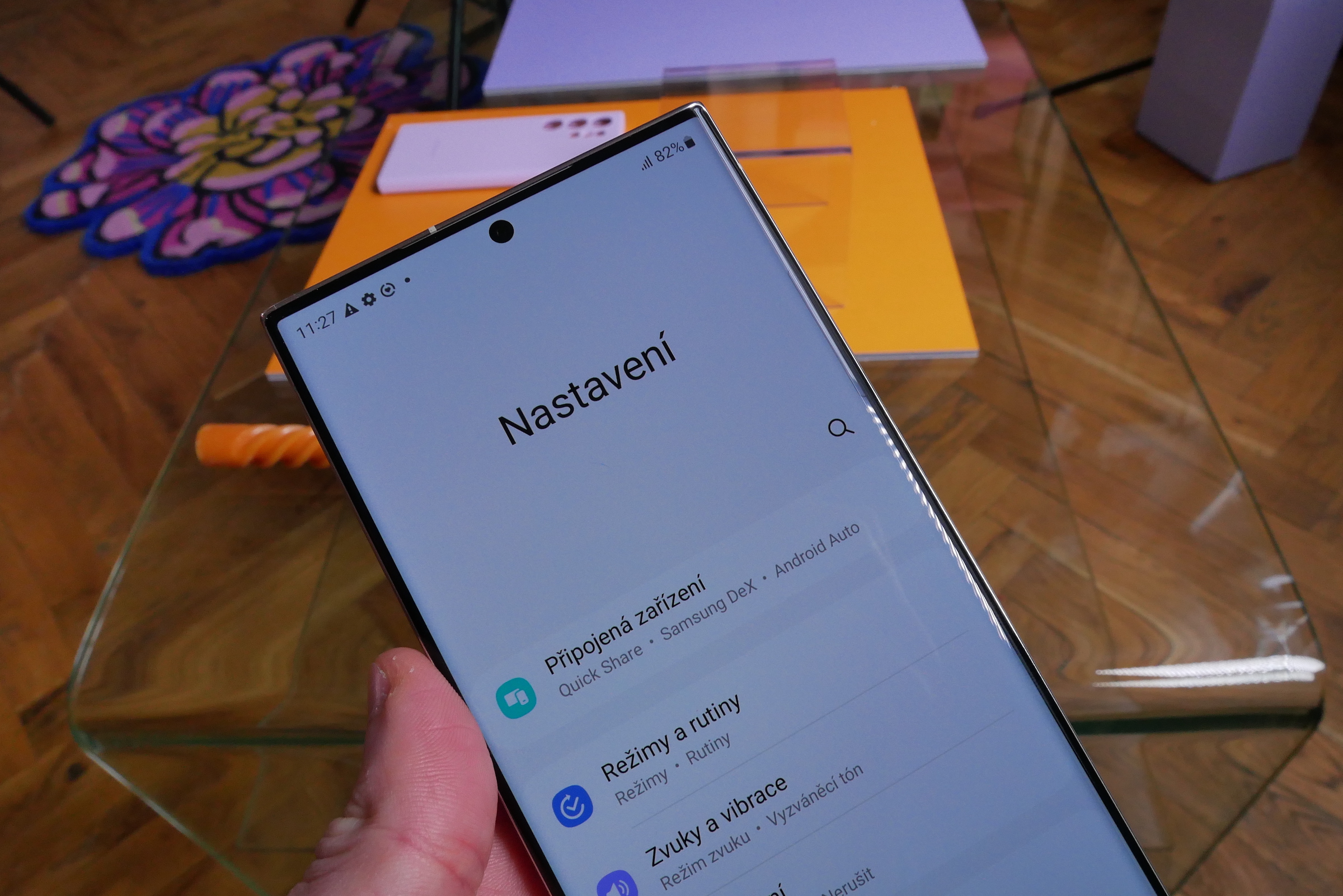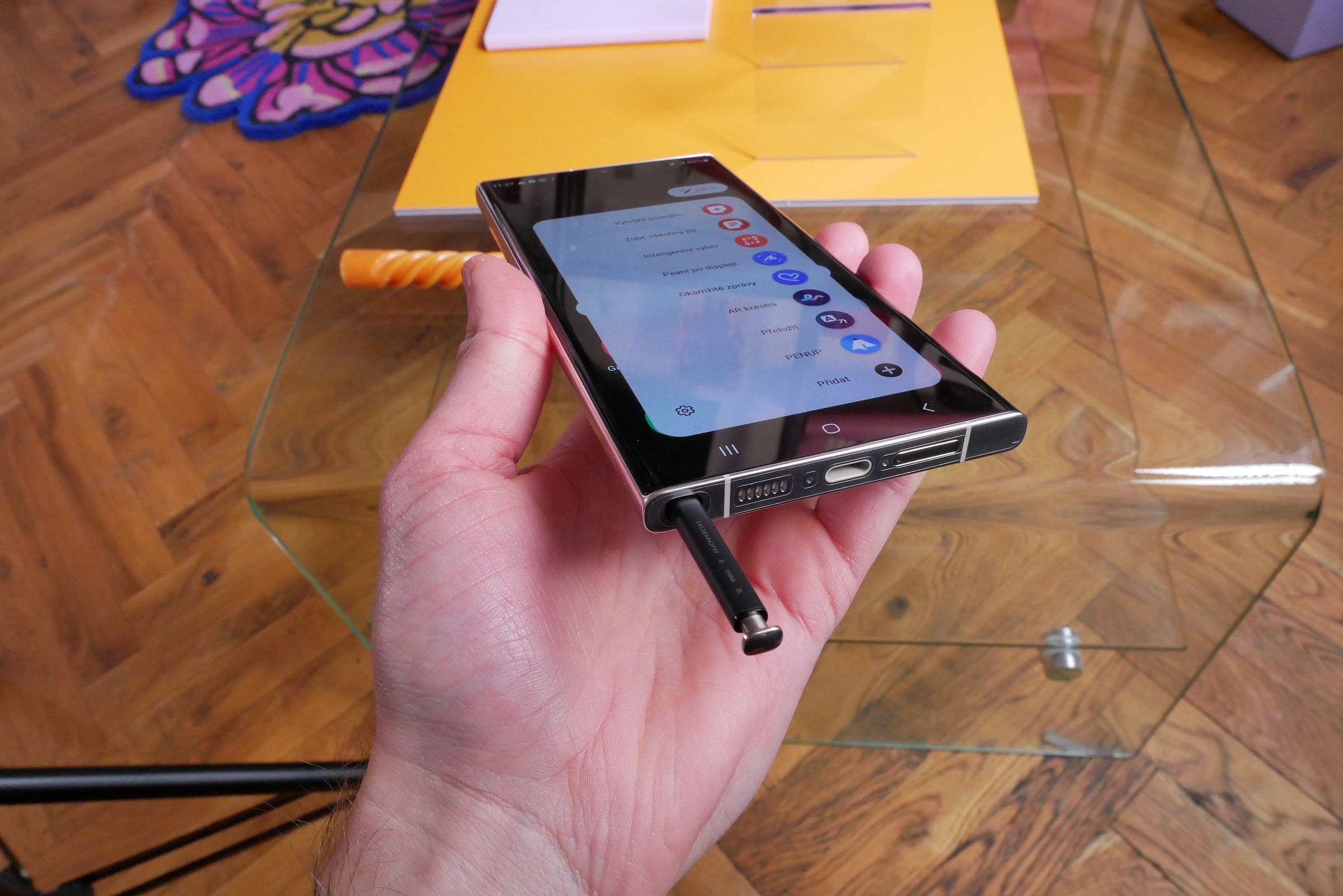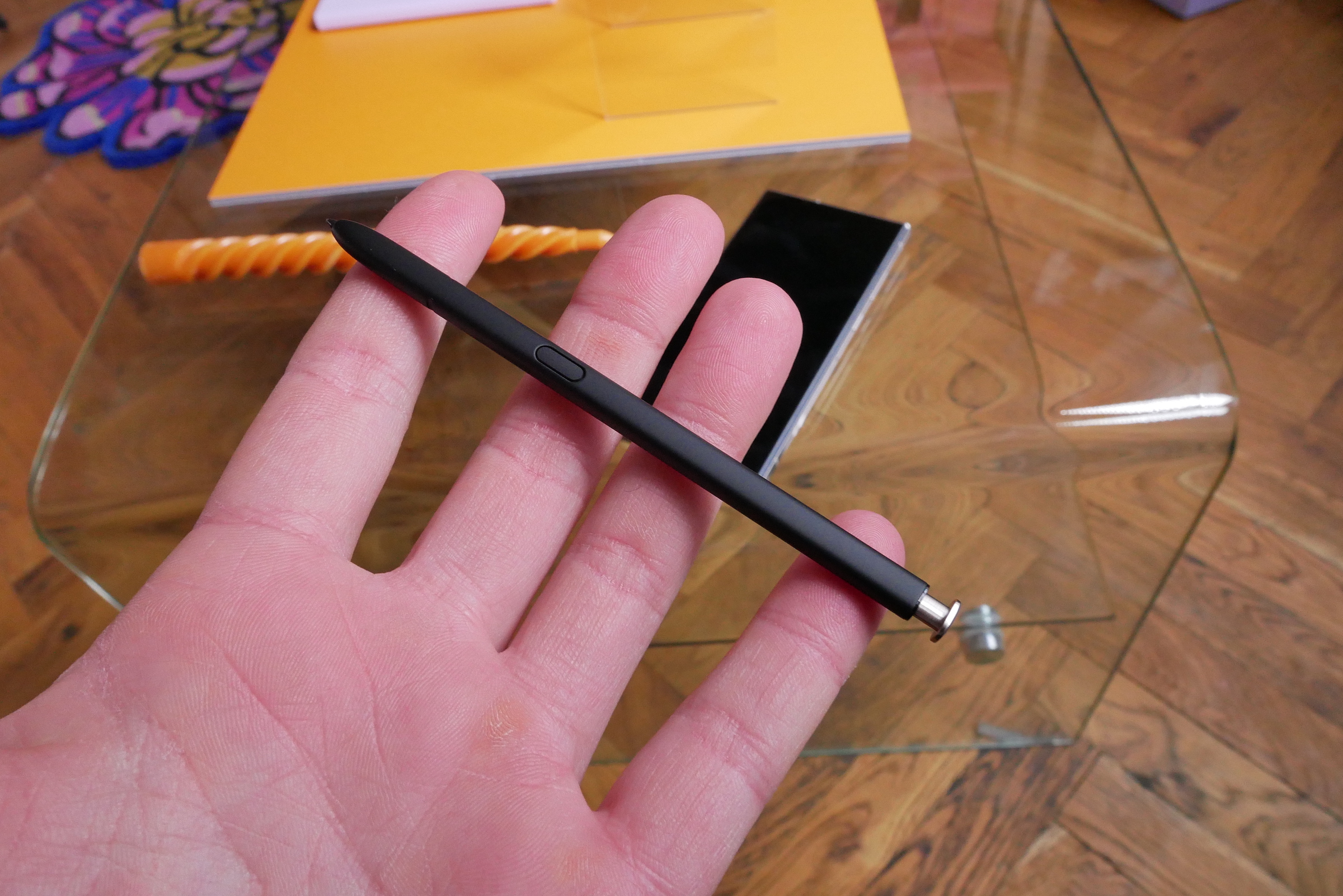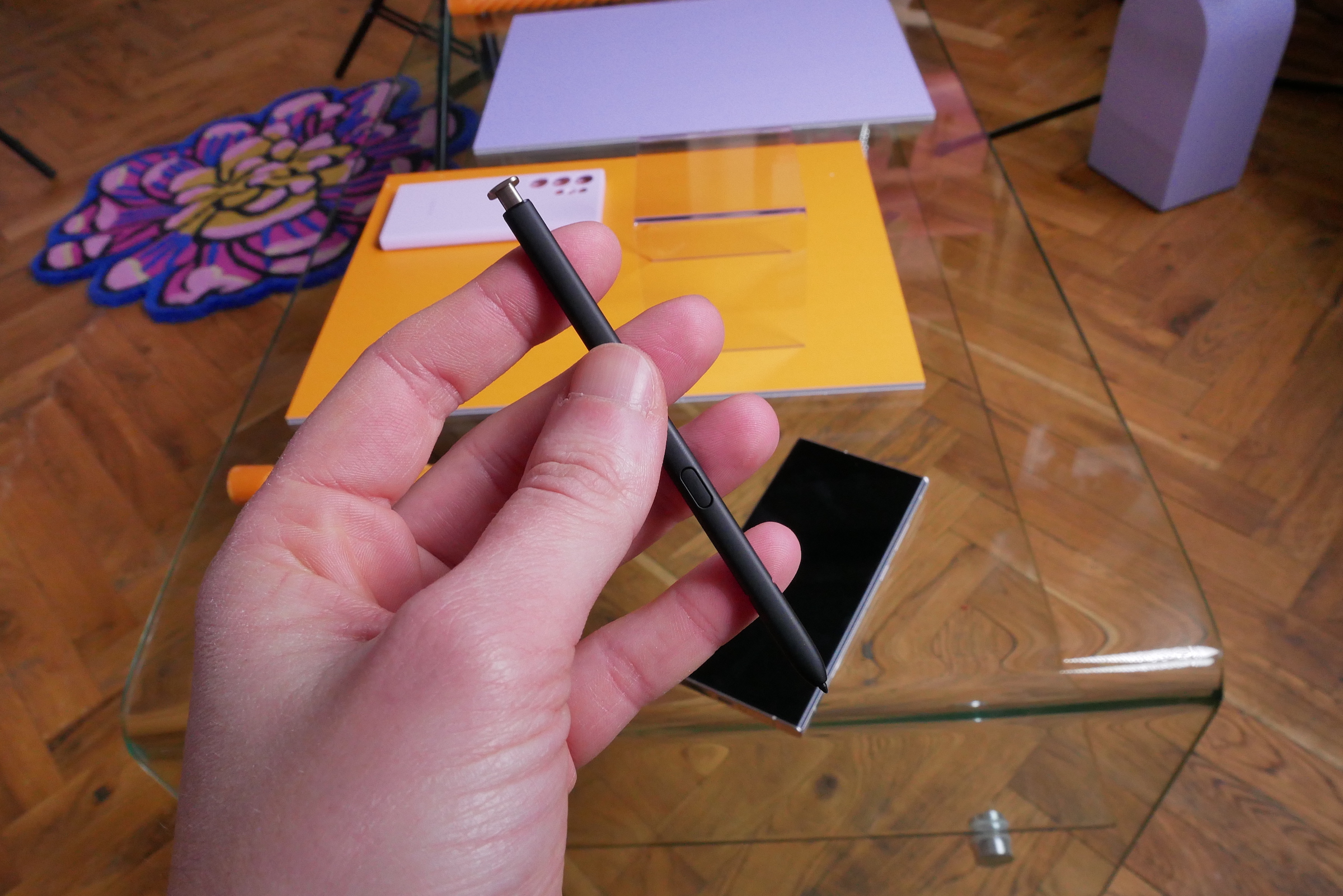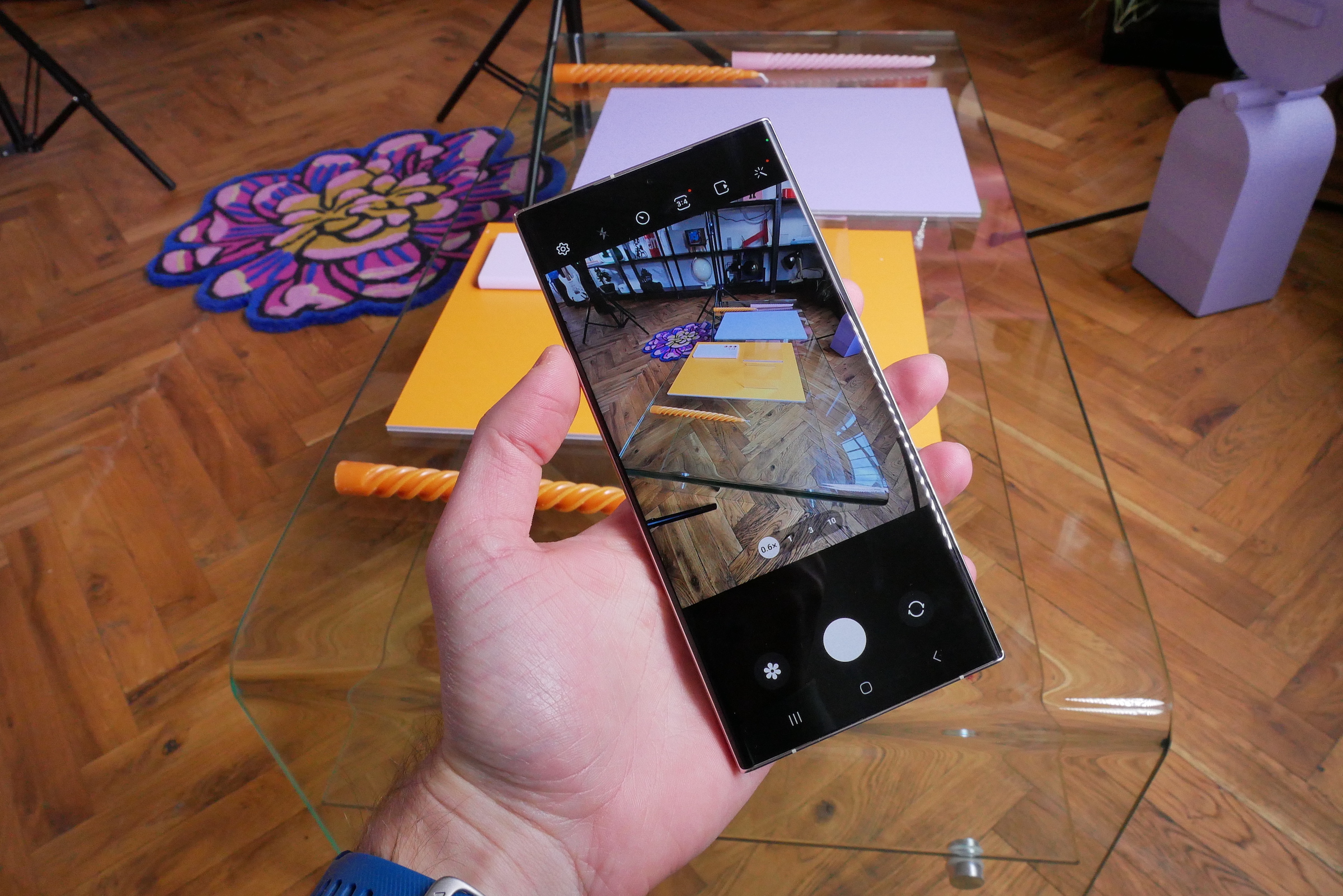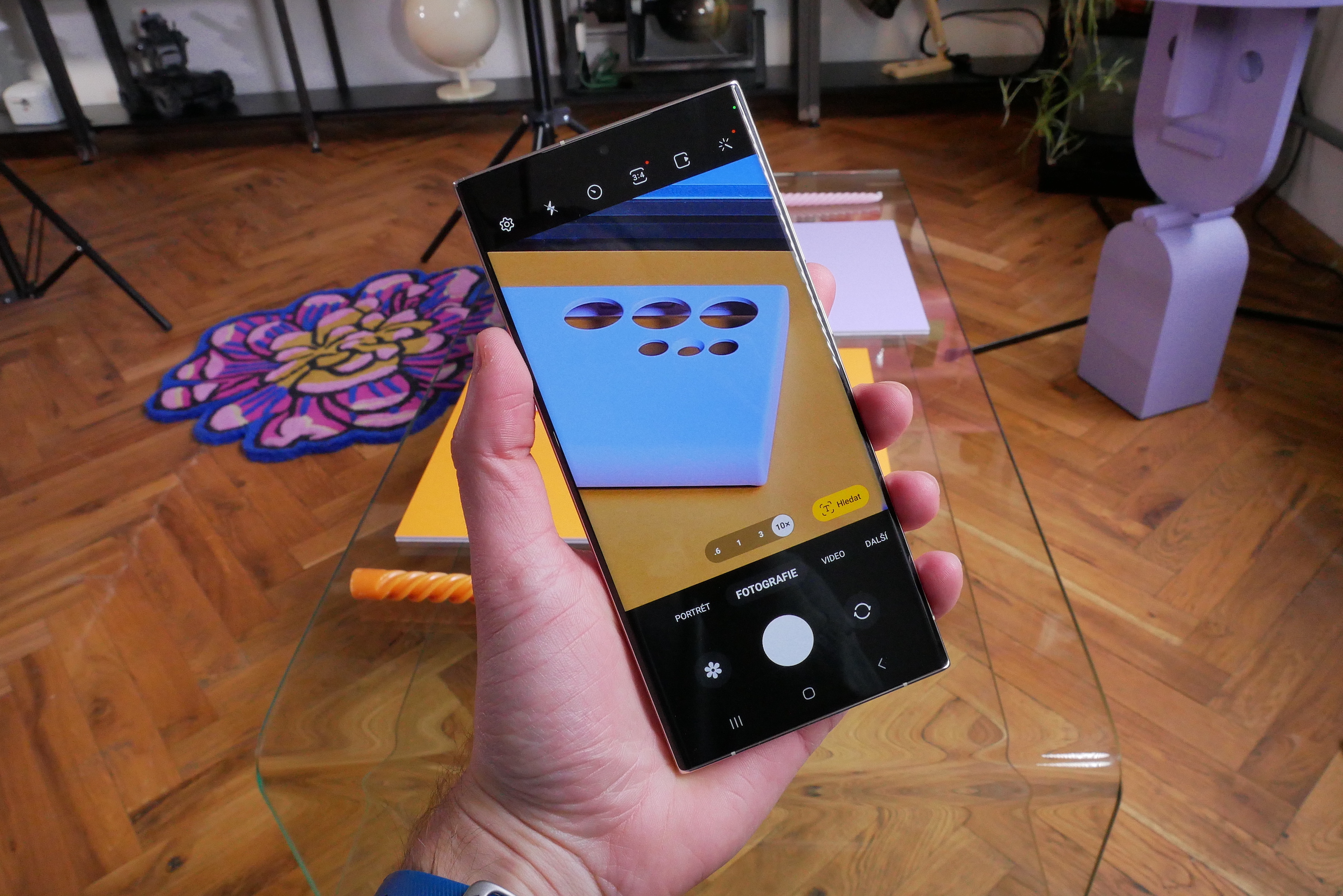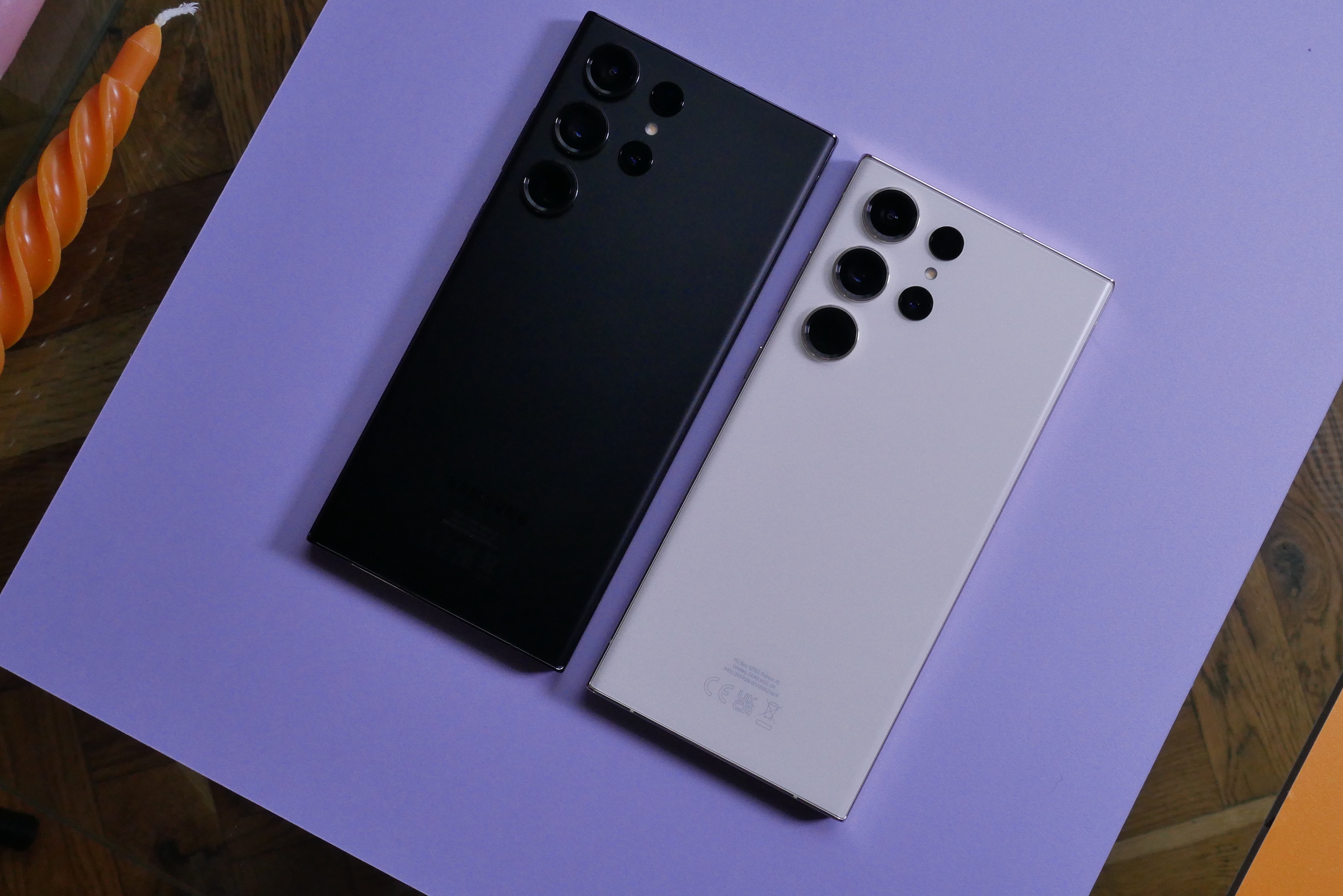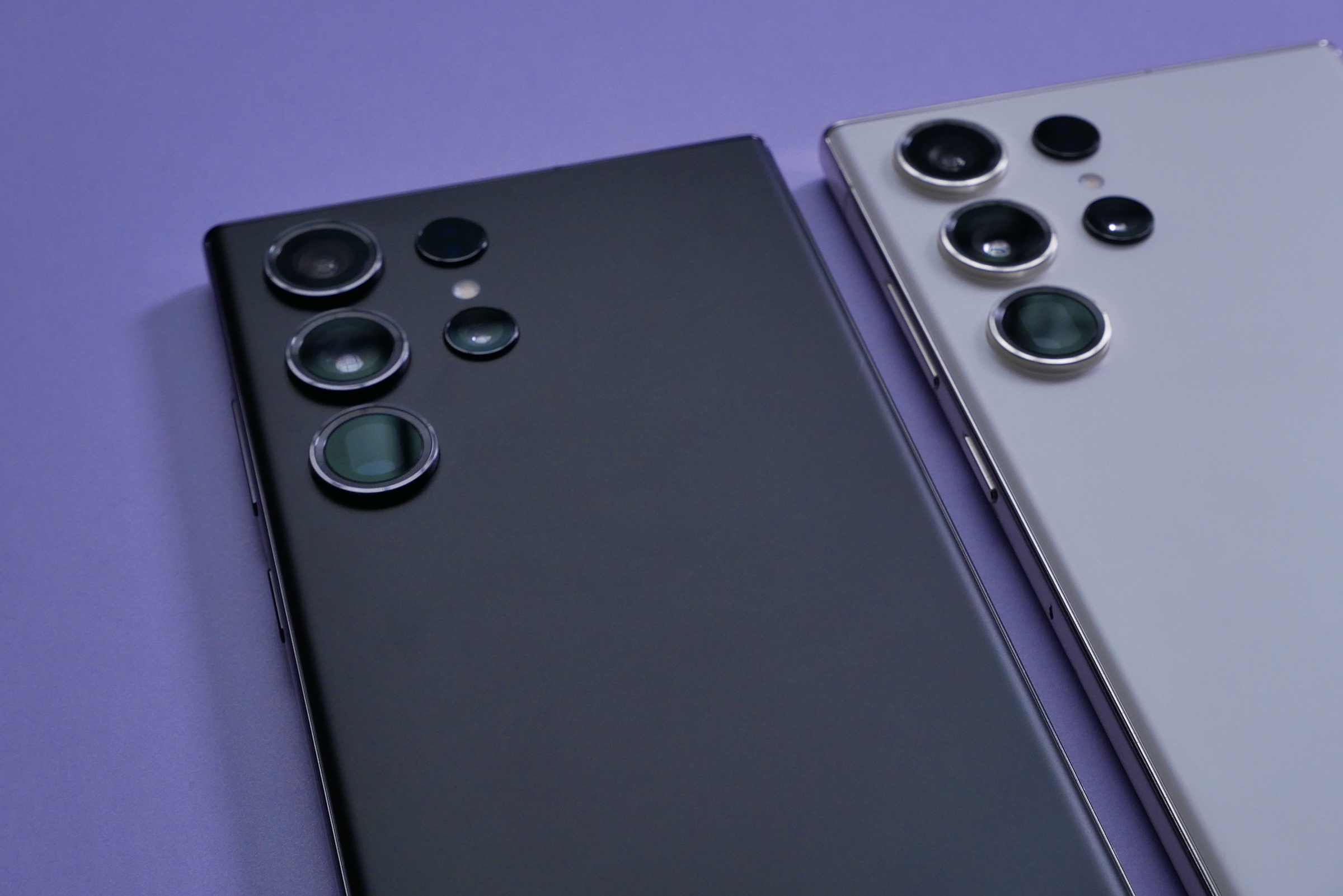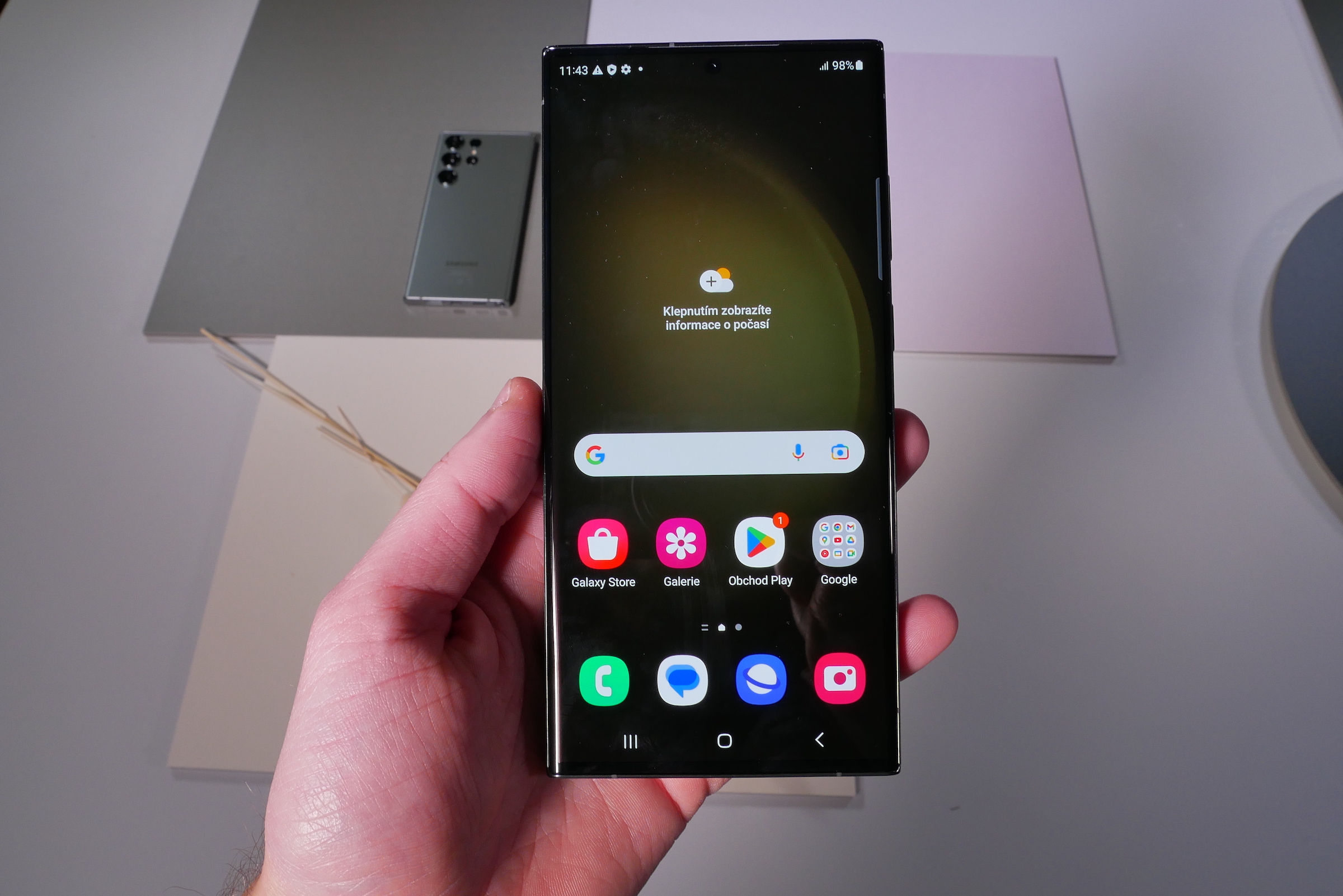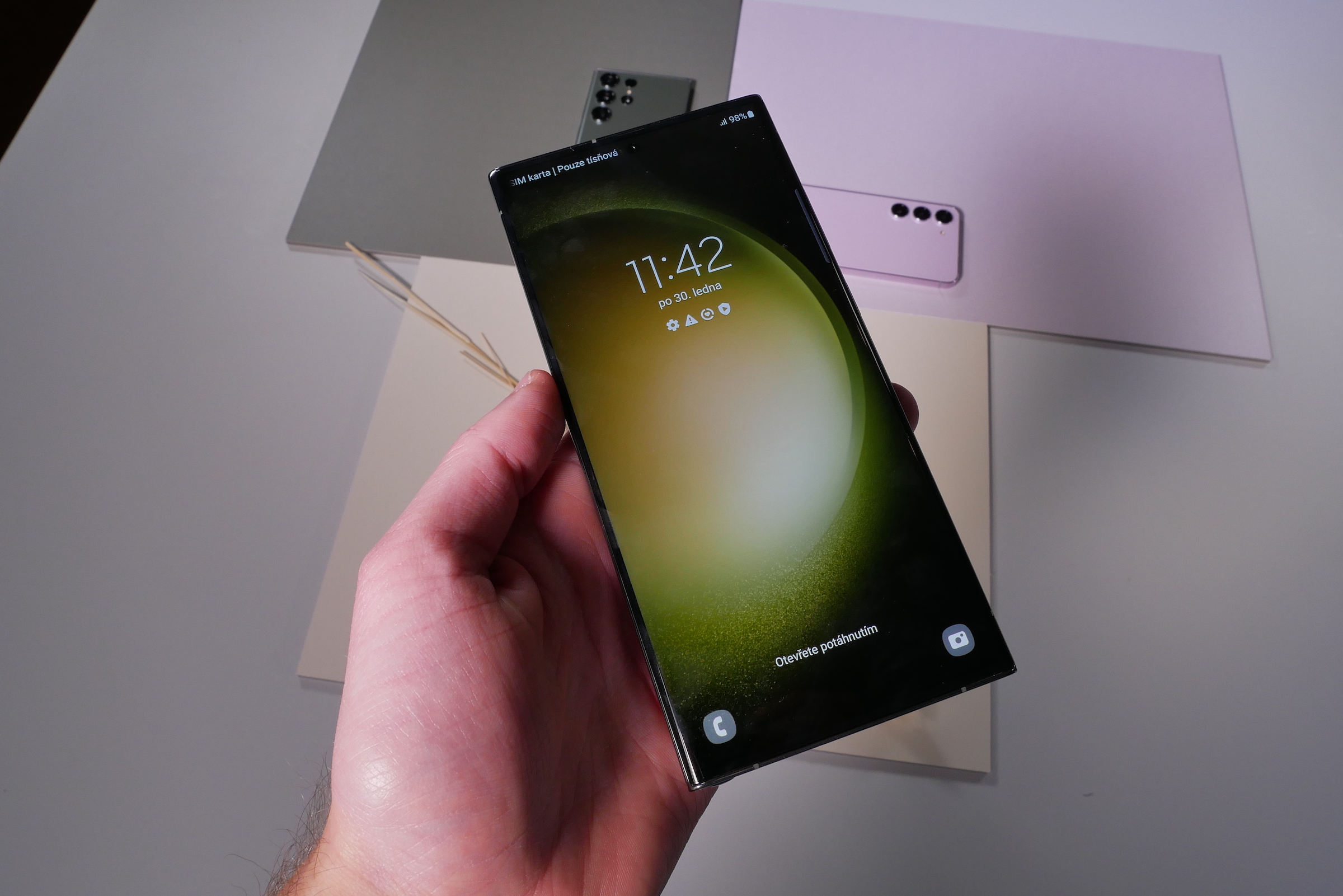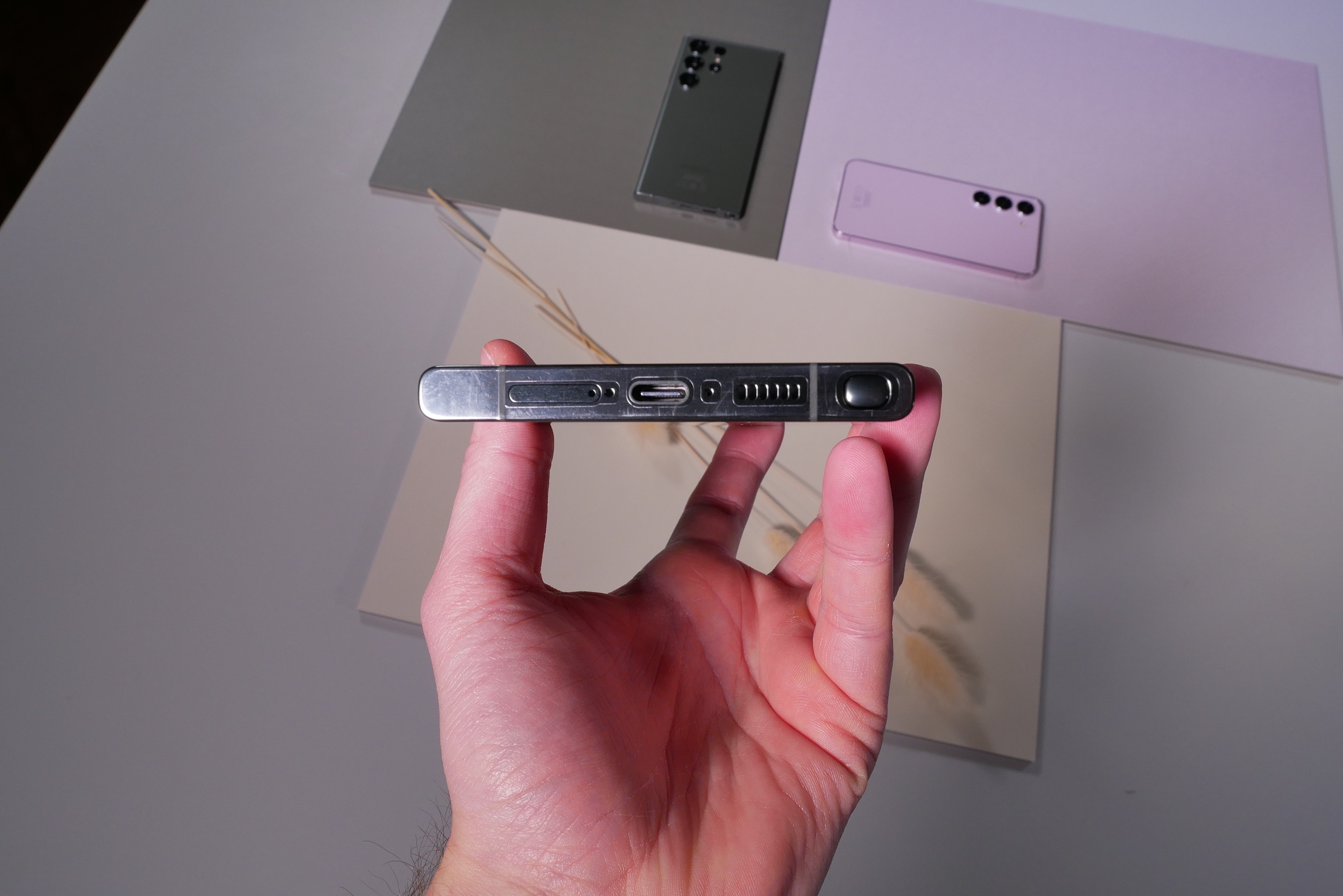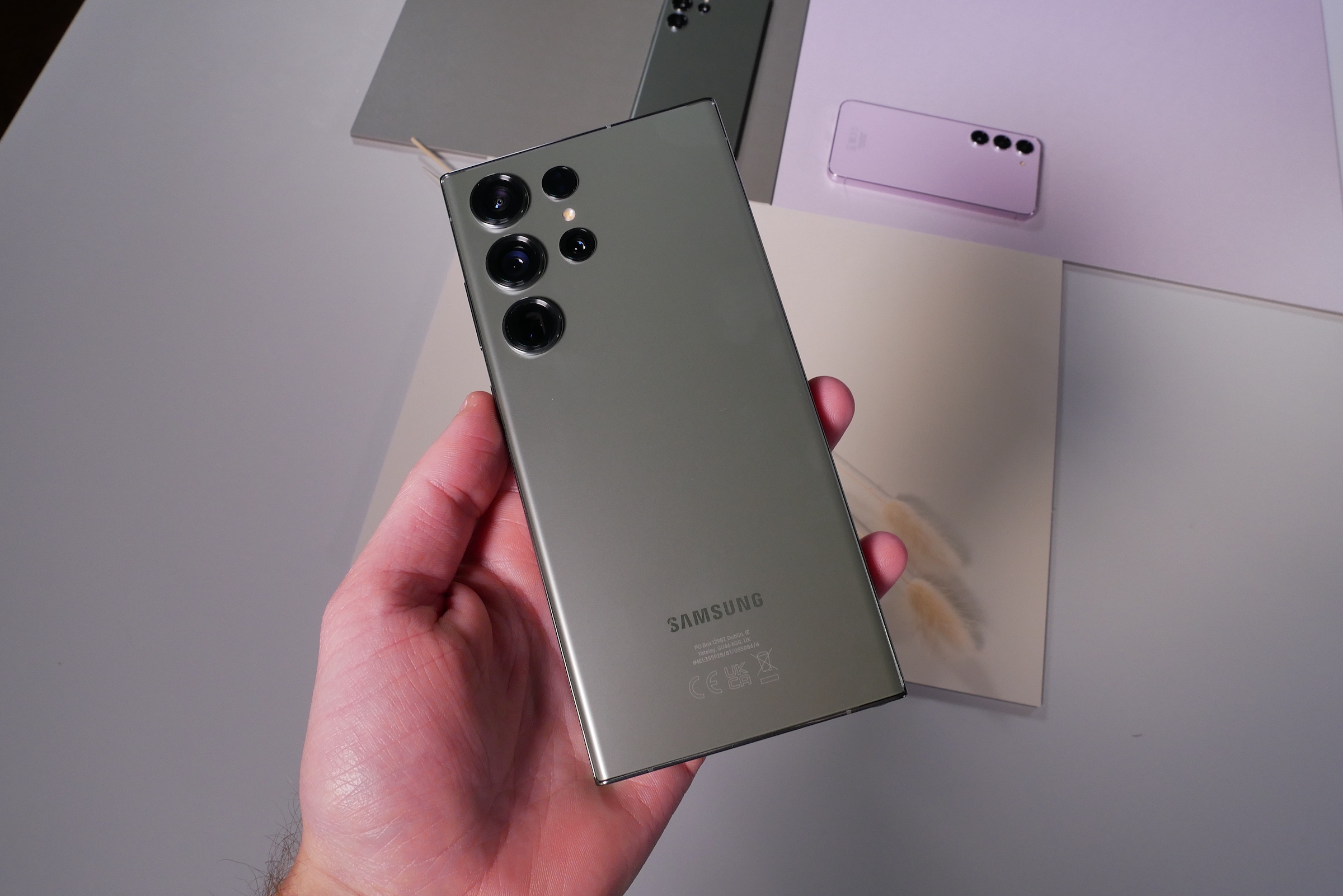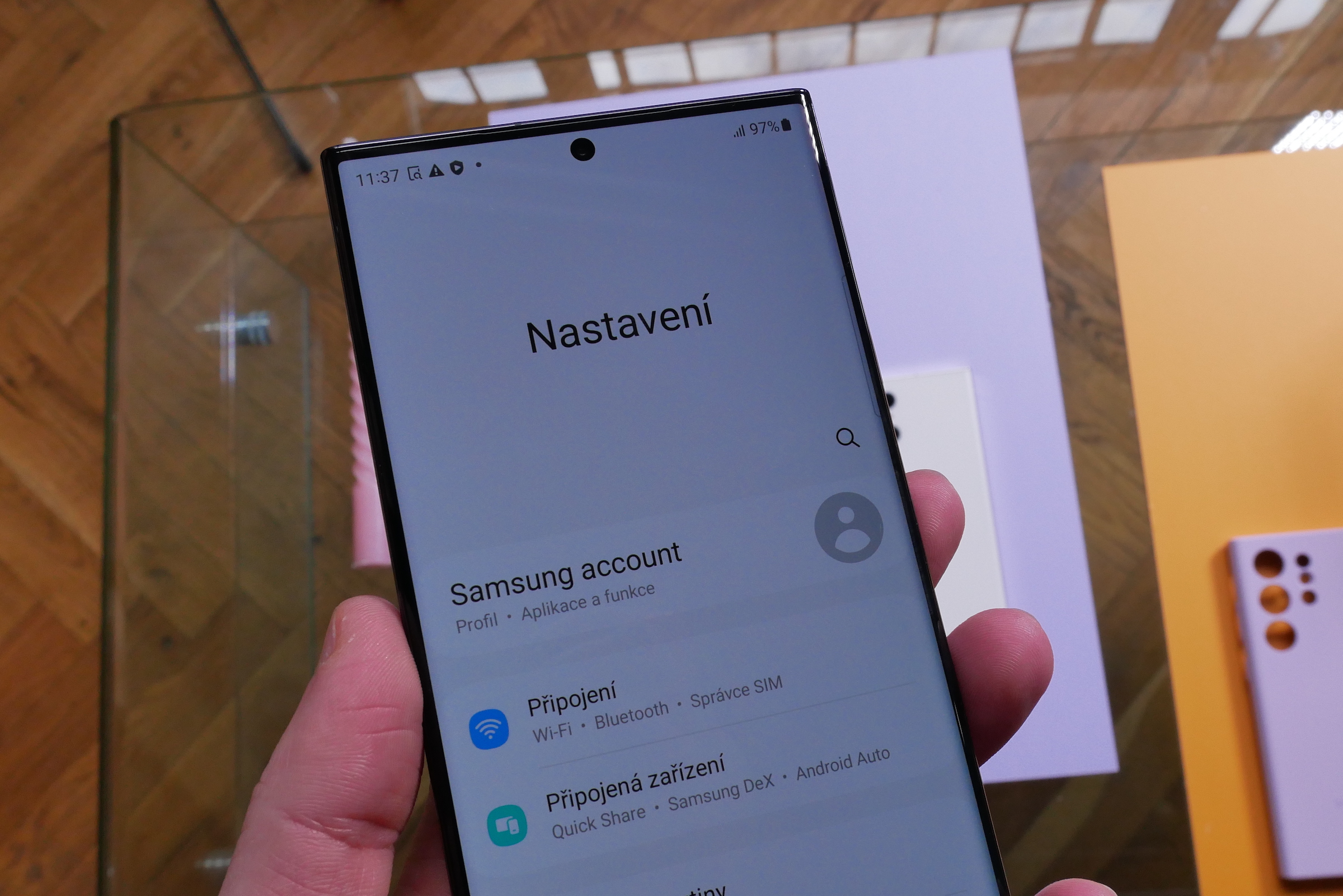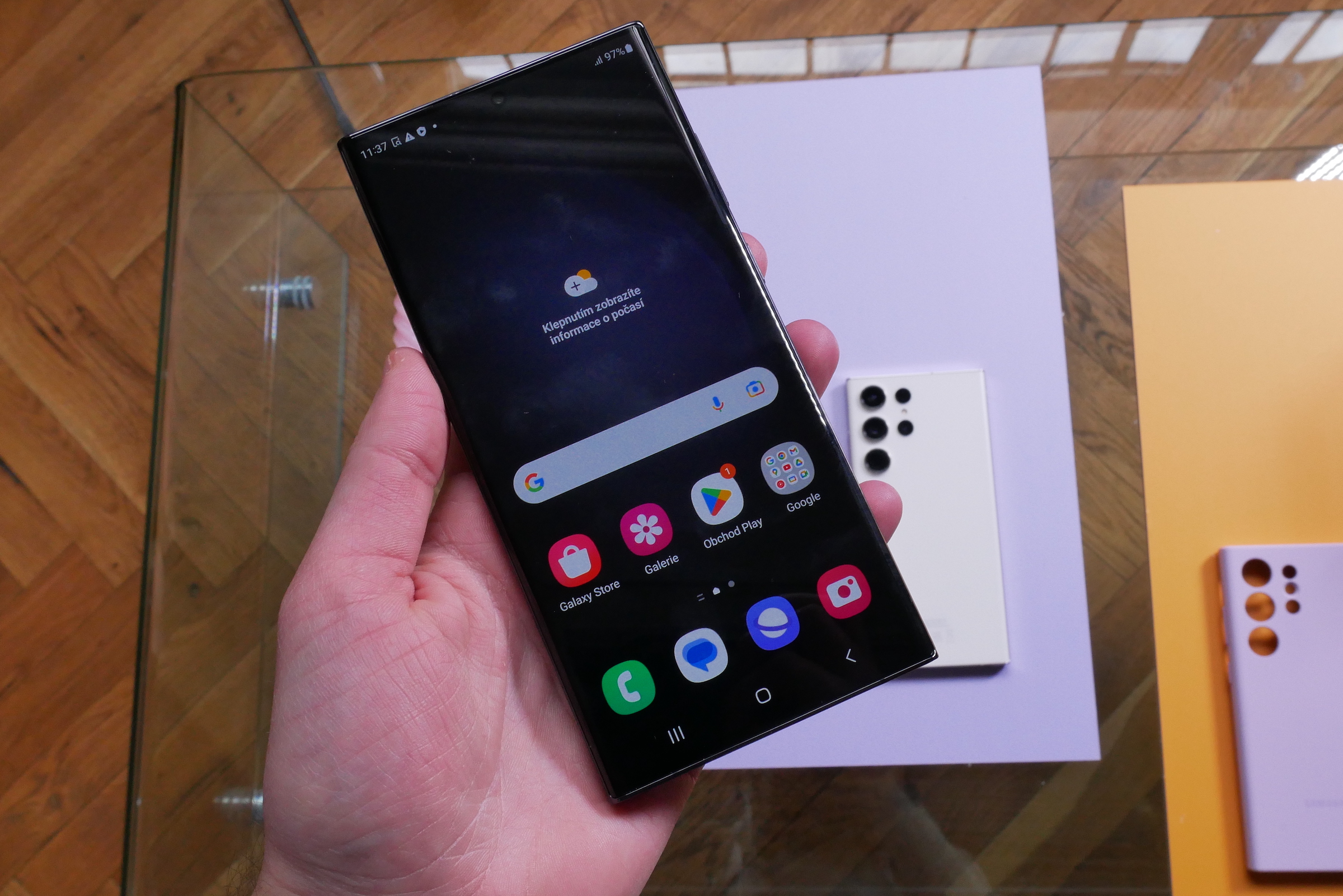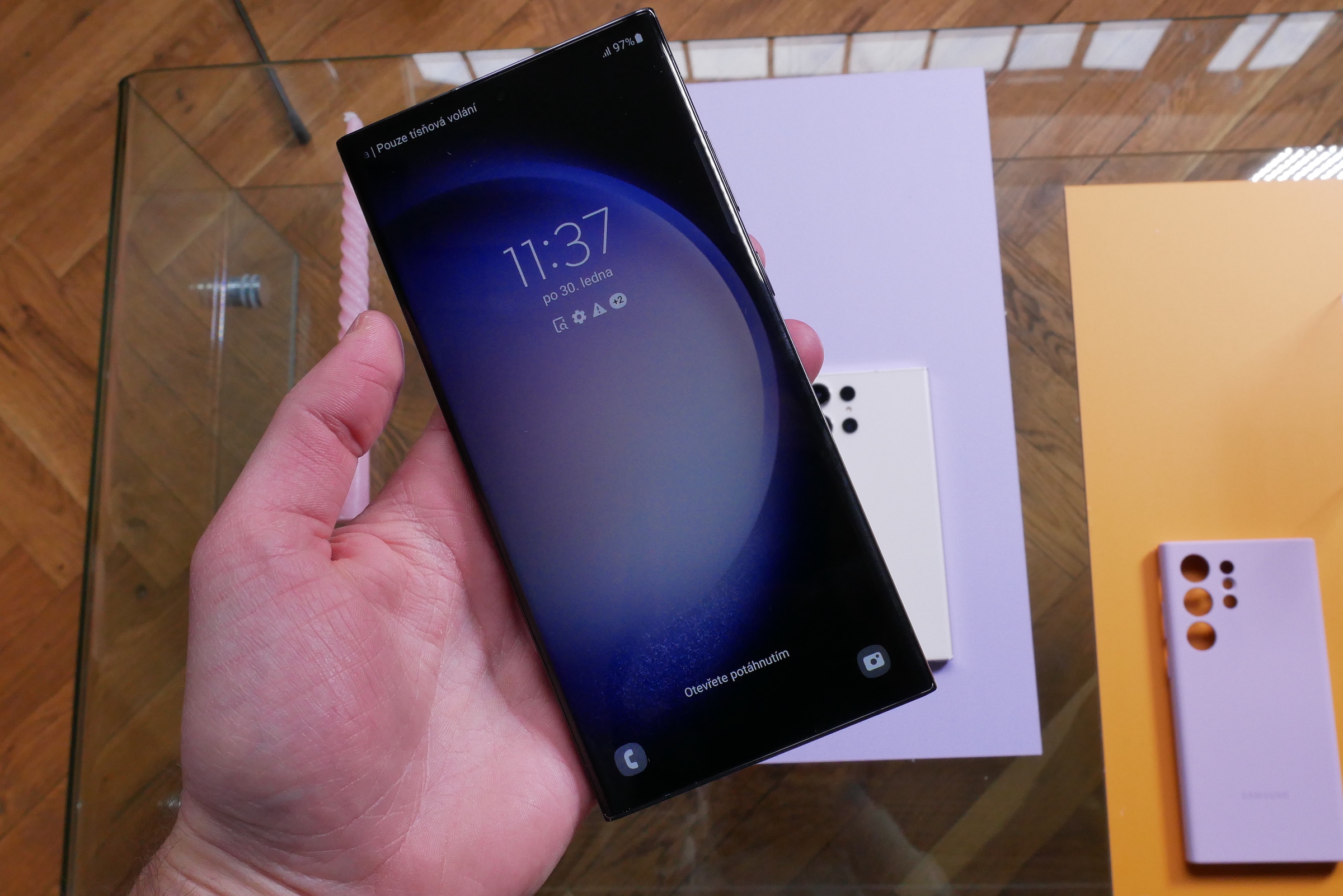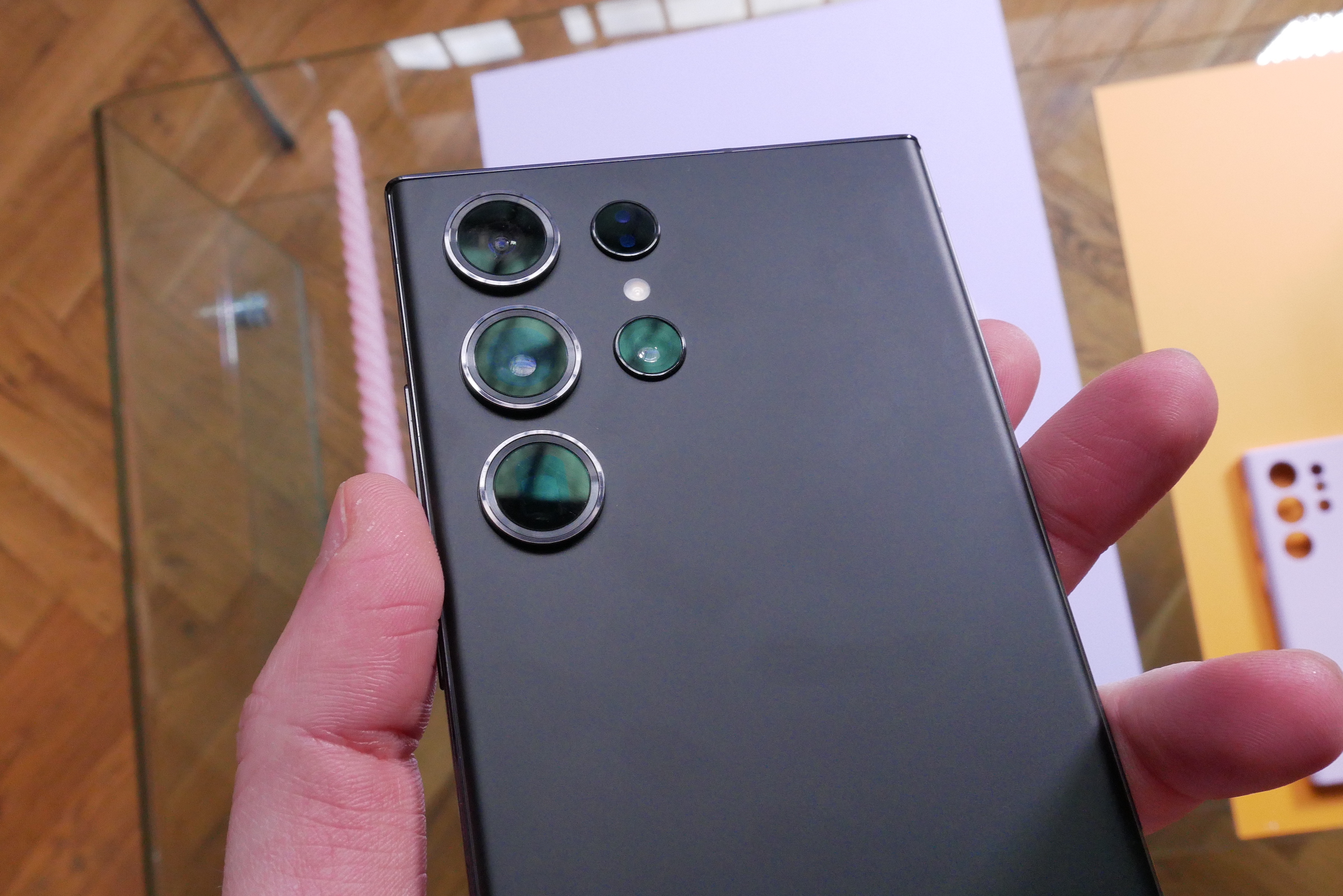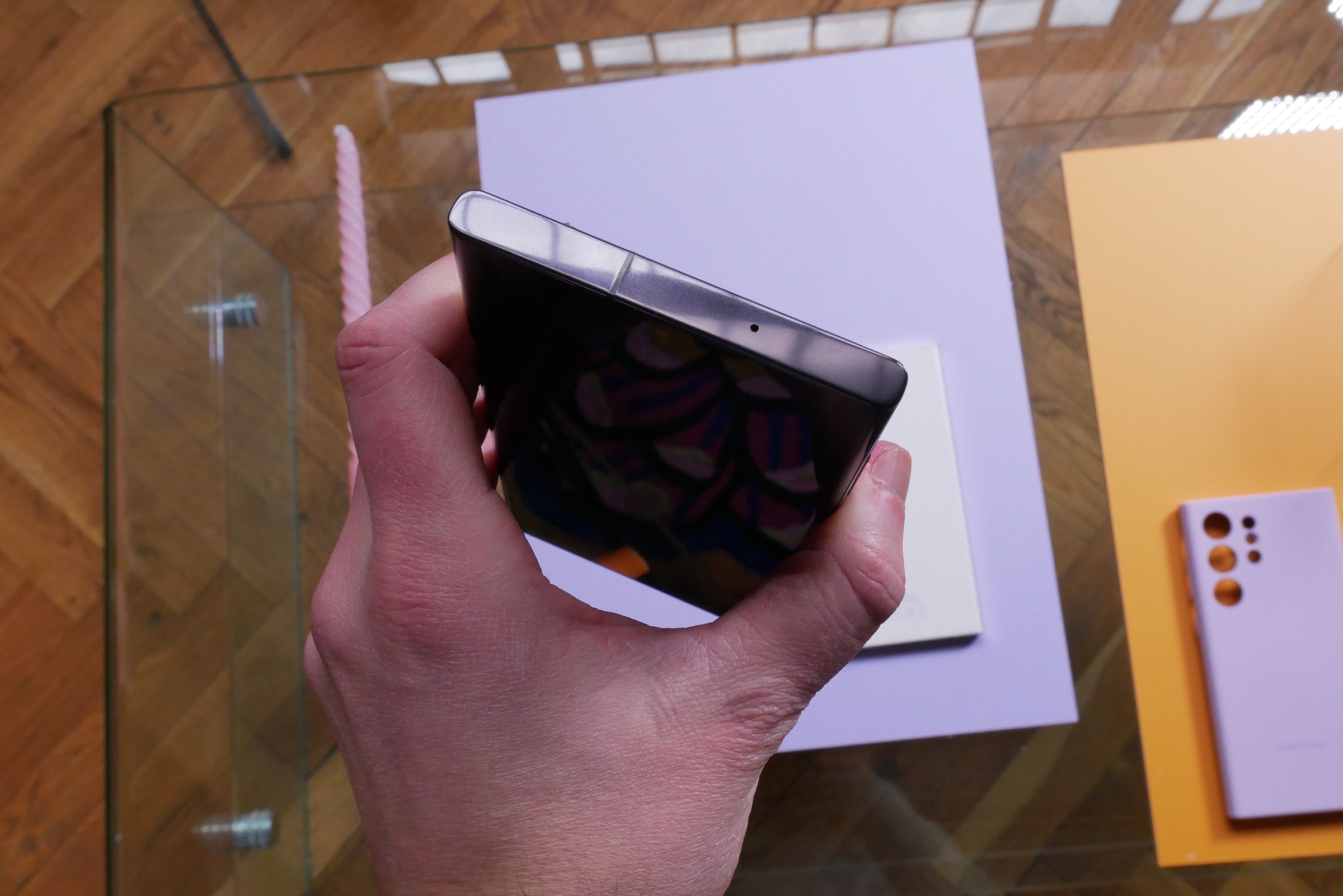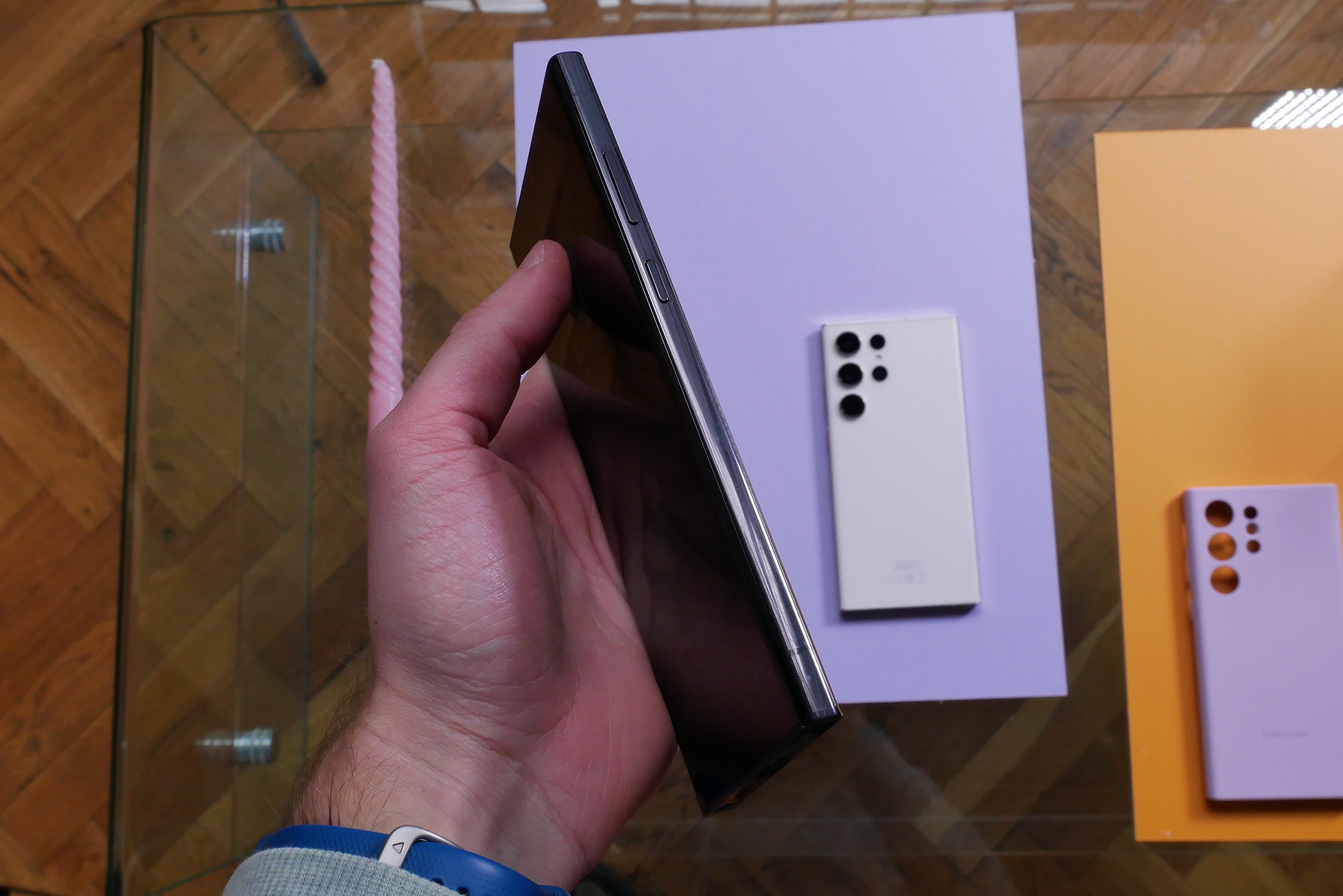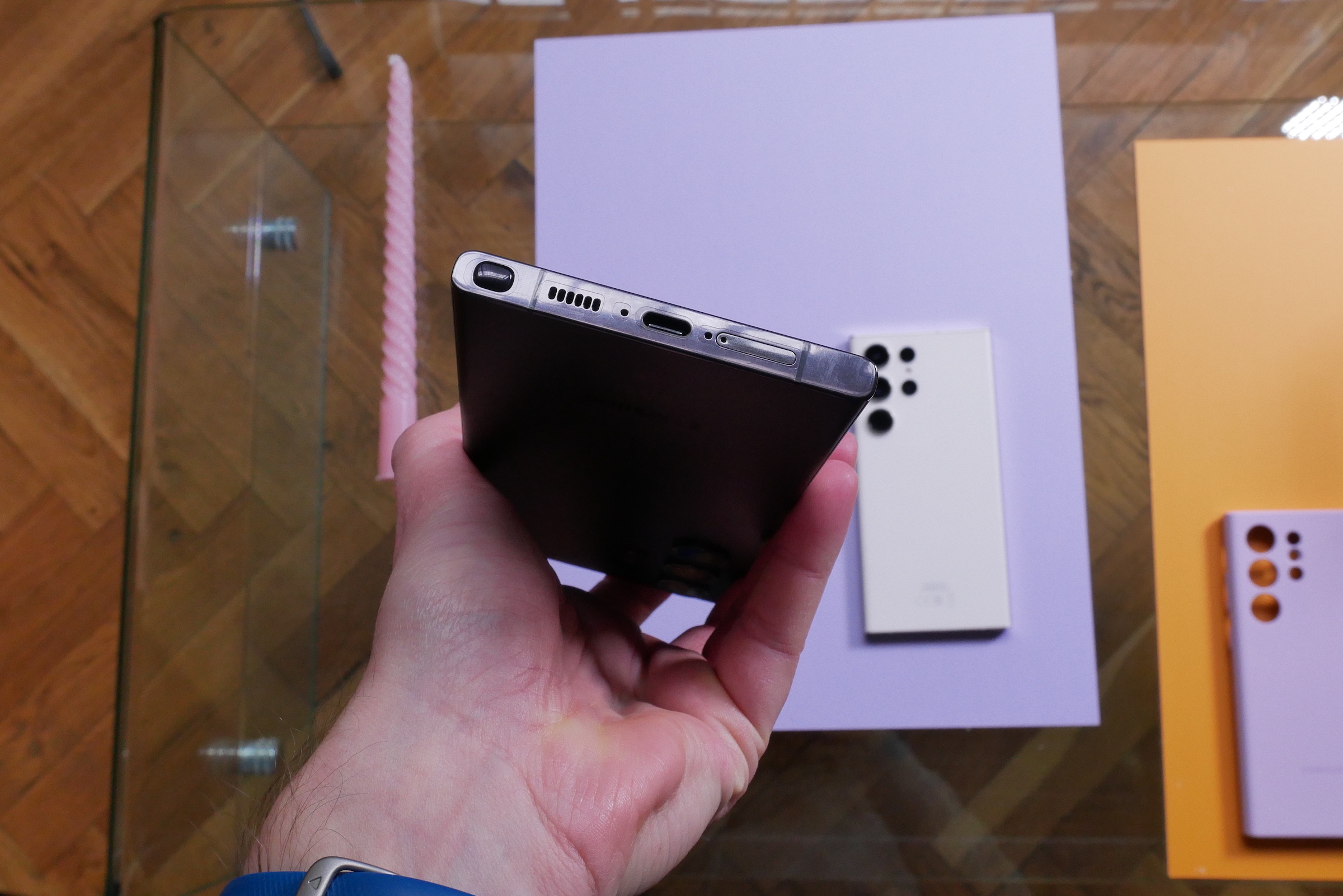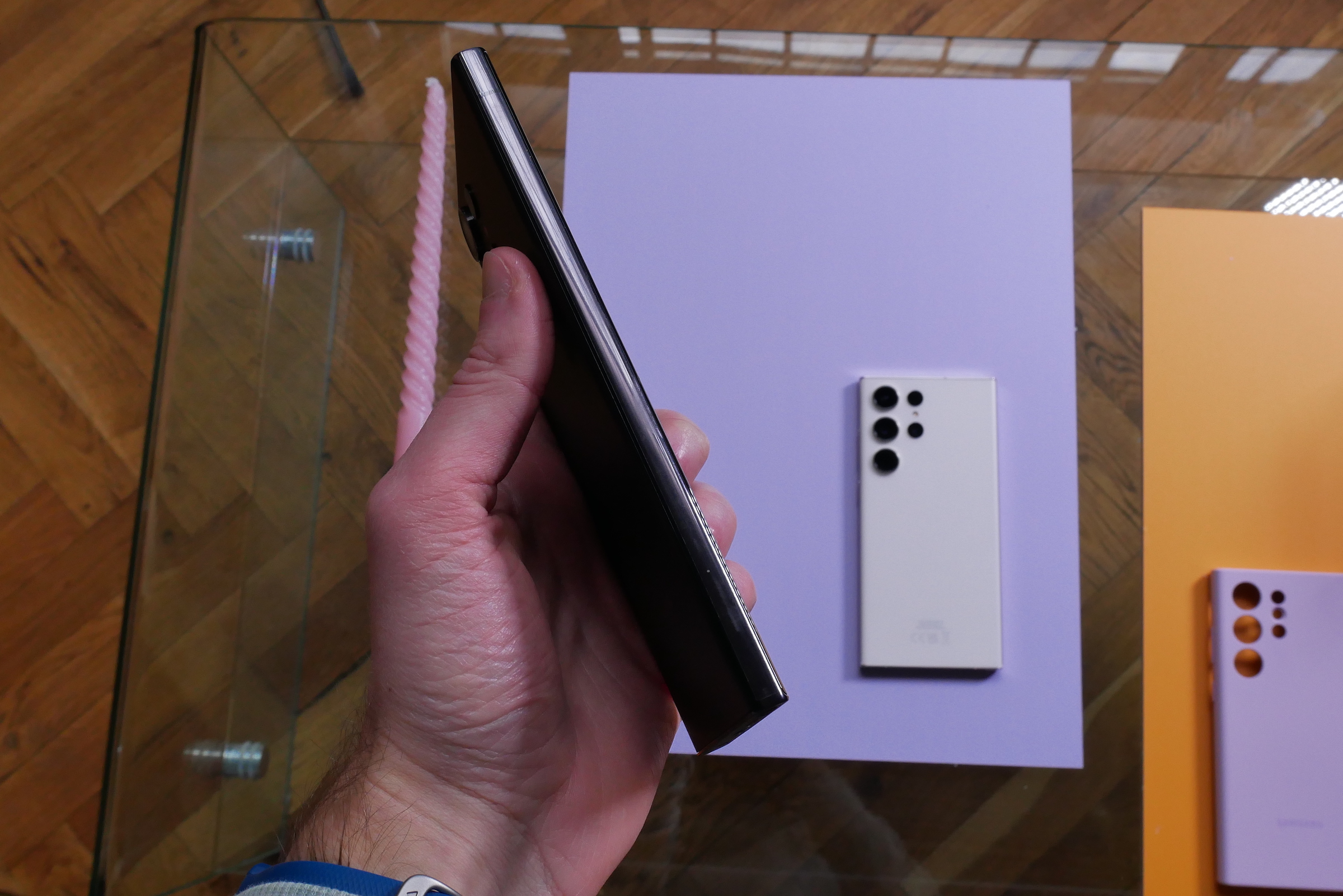Apple presented its flagship portfolio in September last year, now it was Samsung's turn. On Wednesday, February 1, he showed the world his portfolio of the Galaxy S23 series, where the Galaxy S23 Ultra model is the clear leader.
Design
The Galaxy S23 Ultra is indistinguishable from its previous generation, this also applies to the iPhone 14 Pro Max. In both cases, it is only a matter of details, such as the size of the cameras. But they are popular designs that work across generations. In addition, Samsung has now adapted even less equipped models to its own.
- Galaxy S23 Ultra dimensions and weight: 78,1 x 163,4 x 8,9 mm, 234 g
- iPhone 14 Pro Max dimensions and weight: 77,6 x 160,7 x 7,85 mm, 240 g
It could be interest you
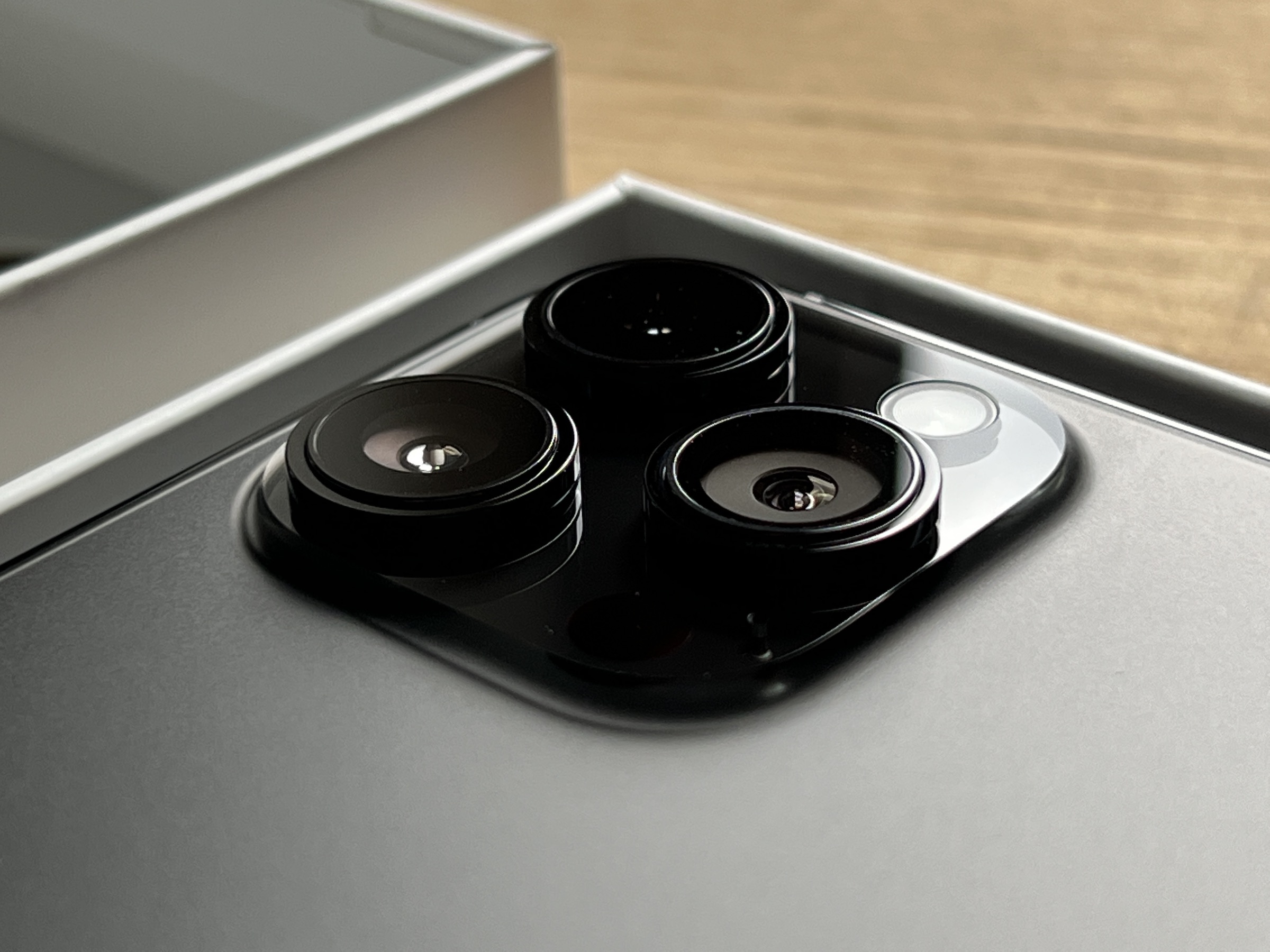
Display
In both cases, this is a tip. Apple gives its largest iPhones a 6,7" display, and the one in the 14 Pro Max model has a resolution of 2796 x 1290 at 460 pixels per inch. The Galaxy S23 Ultra has a 6,8" display with a resolution of 3088 x 1440 and therefore a density of 501 ppi. Both manage an adaptive refresh rate from 1 to 120 Hz, but the iPhone offers a peak brightness of 2 nits, while Samsung's solution has "only" 000 nits.
Cameras
Samsung's novelty came with an increase in MPx for the main camera, which jumped from 108 MPx to an incredible 200 MPx. However, Apple also improved the iPhone 14 Pro Max, which went from 12 to 48 MPx. In the case of the Galaxy S23 Ultra, the resolution of the selfie camera was then reduced from 40 to 12 MPx, so that the camera does not have to use pixel merging and thus paradoxically offers a higher resolution (12 instead of 10 MPx). Of course, Samsung still scores by offering a 10x periscope telephoto lens, instead of LiDAR, it has a depth scanner.
Samsung Galaxy S23 Ultra
- Ultra-wide camera: 12 MPx, f/2,2, angle of view 120˚
- Wide-angle camera: 200 MPx, f/1,7, OIS, 85˚ angle of view
- Telephoto lens: 10 MPx, f/2,4, 3x optical zoom, f2,4, 36˚ angle of view
- Periscope telephoto lens: 10 MPx, f/4,9, 10x optical zoom, 11˚ angle of view
- Front camera: 12 MPx, f/2,2, angle of view 80˚
iPhone 14 Pro Max
- Ultra-wide camera: 12 MPx, f/2,2, angle of view 120˚
- Wide-angle camera: 48 MPx, f/1,78, OIS
- Telephoto lens: 12 MPx, f/2,8, 3x optical zoom, OIS
- LiDAR scanner
- Front camera: 12 MPx, f/1,9
Performance and memory
The A16 Bionic in the iPhone 14 Pro is a flagship that sets a certain benchmark to which Android devices try to approach. Last year, the Galaxy S22 Ultra had Samsung's terrible Exynos 2200, but this year it's different. The Galaxy S23 Ultra has the Qualcomm Snapdragon 8 Gen 2 For Galaxy and currently there is nothing better than what Samsung could have used. It is clear that, at least initially, it will be the most powerful smartphone with Android. But we have to wait and see how it will "heat".
The Galaxy S23 Ultra will be available in 256, 512GB and 1TB versions. The first one gets 8GB of RAM, the other two get 12GB of RAM. Apple only gives iPhones 6GB, although the comparison isn't entirely fair because the two systems work with memory differently. What's more interesting is that Samsung cut 128GB of storage in its flagship model, something Apple was rightly criticized for not doing after the introduction of the iPhone 14.
It could be interest you

More than a worthy opponent
If last year we could make fun of the Exynos 2200, this year it cannot be said that the Snapdragon 8 Gen 2 would be significantly behind, and on paper it looks very promising. We have also tested the cameras and the only thing that will decide is how the new 200MPx sensor will perform. Samsung, like Apple, did not commit too much in the news, so we have a device in front of us that is much the same as last year's model and brings only a few partial upgrades.
Let's add that the price is not that different either. The Apple iPhone 14 Pro Max starts at CZK 36, the Galaxy S990 Ultra at CZK 23 - but it has 34GB of storage and, of course, the S Pen. Additionally, if you pre-order it by February 999, you'll get the 256GB version for the same price. You can then save CZK 16 by returning the old device, for which you will of course still receive the purchase price.
 Adam Kos
Adam Kos 

